Oaxaca Markets: Tlacolula, A Feast for the Senses
Tlacolula, Oaxaca, is home to one of my absolute favorite markets in all of Mexico. The vibrant market comes to life every Sunday and is renowned for its size, shopping, and amazing food. Vendors from all walks of life come to sell while locals and visitors from all over the world come to shop, eat, and simply experience the mercado de Tlacolula’s energy.

My first visit to Tlacolula, Oaxaca was in 2006. For many, it can feel like sensory overload, but for me, it was love at first sight (and bite). It continues to be one of my favorite markets to shop and eat, and it’s even more exciting now that I visit with my children.

Amado, Valentina, and Diego love all of the chaos of the Tlacolula market. We can spend an entire Sunday there. The kids love shopping for trinkets and trying new fruits (like the chico zapote!) and foods.
RECOMMENDED BY LOLA
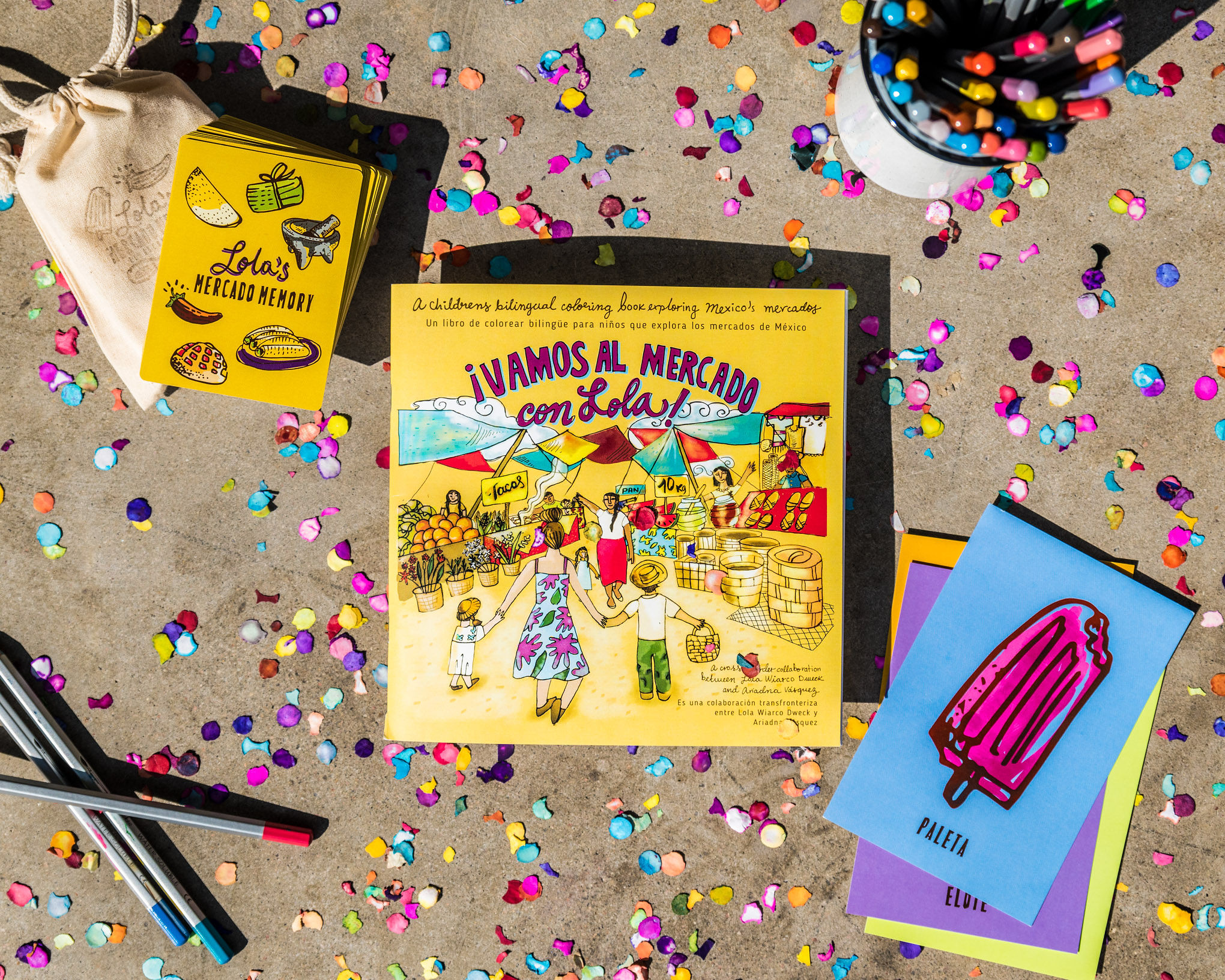
¡Vamos al Mercado con Lola! was inspired by my visits to Oaxaca’s vibrant markets. The bilingual coloring book, post cards, and Mercado Memory deck offer ample opportunities for teaching young learners about the richness of Mexican culture while helping them build their Spanish vocabulary. VIEW PRODUCT
WHERE IS TLACOLULA, OAXACA?
Tlacolula Oaxaca is a town located in the eastern part of the Mexican state of Oaxaca, about 32 kilometers (a little over 19 miles) from the state capital, Oaxaca City. It’s known for its bustling traditional Mexican market, which is one of the largest and most famous in the region.
The Tlacolula Sunday market is the largest in North America and is located in the center of town (it surrounds the Tlacolula church). It is easily accessible from Oaxaca City by car, bus, taxi, or shared taxis (known as a colectivos).
HISTORY OF OAXACA’S TLACOLULA MARKET
- The Tlacolula Sunday market is one of the oldest and most traditional markets in Oaxaca, Mexico. It has a history that dates back to pre-Hispanic times, when the Zapotec civilization dominated the region.
- The market was an important meeting place for traders and farmers from the surrounding villages who would come to exchange their goods. This holds true, even today.
- During the colonial period, the market continued to grow and became an important center of commerce for the Spanish colonizers. They used the market to trade their goods and also to impose their culture on the indigenous people of the region. This is evident by the huge Catholic Church in the center of the market – it’s hard to miss!
- In the 19th century, the market was at the center of a major conflict between the Mexican government and the indigenous population. The government had implemented a series of economic policies that favored the large landowners at the expense of the small farmers and traders who relied on the market for their livelihood. The indigenous people of the region, led by a Zapotec woman named Juana Cata, rebelled against these policies and successfully defended the market from government interference.
- Today, the Tlacolula market remains an important center of commerce and culture in Oaxaca. It’s a destination for both tourists and locals alike.

WHAT TO EAT AND DRINK AT OAXACA’S TLACOLULA MARKET
There is SO much to eat and drink at this bustling market, so I’ve created a list of 10 must-try food and drinks. It’s more of a guide, and I encourage you to eat your way through the market. Definitely start with an agua fresca to quench your thirst and munch on a fresh fruit cup while you browse the market. Hungry for more? Keep reading.
Carne asada (grilled meat):
The grilled meats are a must-try for any visitor! Head to the indoor section of the market and then look for the smokey aisles that are lined with raw meat vendors. You’ll have to purchase the meat, and then can grill it yourself or ask one of the vendors to grill it for you (I always tip them). I like to buy tasajo, which is a salty and flavorful thin cut of meat, chiles de agua, nopales, and cebollitas to throw on the grill. For a delicious and memorable experience, walk to the nearby stalls and buy some tortillas, a small bag of salsa, and limes and enjoy your meal outside near the church.
- PRO TIP: pack some wet wipes (your hands will definitely get dirty), a small knife for cutting chiles and limes, and a reusable bag or container for leftovers.

Tlayudas
These are large, crispy corn tortillas topped with beans, cheese, and your choice of meat (usually tasajo or cecina). They’re a staple of Oaxacan cuisine and a must-try.

Empanadas
These are Oaxaca’s version of turnovers made with a large corn tortilla and stuffed with a variety of fillings, such as cheese, chicken, or mole (amarillo is a classic). They’re typically cooked over a large clay comal in Oaxaca. You can’t tell by this picture, but each empanada measures at least 10 inches in length.

Quesadillas
Quesadillas are a popular street food found throughout Mexico, and the ones you’ll find in Oaxaca markets are particularly delicious. They are made with a large, handmade corn tortilla that is filled with Oaxacan cheese, epazote (a fragrant herb), and your choice of meat such as tasajo, cecina, or chorizo (my personal favorite is with flor de calabaza, pictured below). The tortilla is then folded in half and cooked on a hot griddle until the cheese is melted and the tortilla is slightly crispy. They’re a hearty snack or meal on-the-go and are sure to satisfy your hunger while exploring the market.

Memela
Memelas are similar to a quesadilla, but a little thicker. They’re flat (not folded), and topped with refried beans, cheese, and salsa. I always get mine with meat, avocado, and papas con chorizo.

Chapulines
Roasted grasshoppers are tangy and salty. Don’t knock them until you try them. The kids and I love them wrapped into a warm corn tortilla with some guacamole. And they say if a tourist tastes chapulines in Oaxaca, they’re sure to come back.

Jicaleta
A jicaleta is a slice of a jicama on a stick that vendors coat with lime juice, chamoy, and a sweet chili powder mixture. It’s a popular snack and looks like a chile powder-covered popsicle. Now, vendors make them with a variety of colorful powders and toppings.

Aguas frescas
There’s a stand right at one of the main entrances that sells the most beautiful and delicious aguas frescas. I always buy one right when we arrive because on hot days, there’s nothing better to quench my thirst. My flavor of choice? Naranaja (you’ll have to ask for “agua de naranja”).

Agua de coco
Beyond the aguas frescas, Oaxaca’s agua de coco is the best I’ve ever tasted. There’s one vendor that sells the straight clear liquid that he extracts from young green coconuts. It’s refreshing and hydrating – nature’s electrolyte! That same vendor also sells a milky version made by blending the coconut pulp with sugar and water and then straining it. This is an absolute must if you like coconut. Look for a mobile vendor cart (he’s usually on the move) with the big vitroleros at the market.

Tejate
Tejate is a traditional Oaxacan beverage once reserved for royalty and made with toasted corn, cacao, mamey fruit seeds, and the dried flor de cacao. It has a nutty, slightly sweet flavor and a creamy texture. You’ll see vendors selling it in large green clay pots. It’s the color of chocolate milk and has a white foam floating on top.

Hope this opened up your appetite! Don’t hesitate to try anything else you see that looks tasty. The rotisserie chicken and ice creams are also delicious.
HOW DO I GET FROM OAXACA TO TLACOLULA?
The Tlacolula market is located about 32 kilometers (19 miles) east of Oaxaca City, in the town of Tlacolula de Matamoros. Now that I rent a car in Oaxaca, I drive and park in a covered parking area right near one of the main entrances. Below are some other options for getting to Tlacolula from downtown Oaxaca if you don’t have a car:
- Bus: There are regular buses that run from the ADO bus station in Oaxaca to Tlacolula. The ride takes about 45 minutes and costs around 20-25 pesos (approximately $1.50USD). Buses run frequently throughout the day, starting early in the morning.
- Colectivo taxi (shared taxi): Shared taxis, known as colectivos, are a popular mode of transportation in Oaxaca. You can find them at designated taxi lots throughout the city, including the Abastos market and the corner of Hidalgo and Porfirio Díaz streets. The cost is usually around 20-30 pesos (about $2USD) per person. FYI: you’ll be sharing a taxi with the driver plus four other people, for six people total in the car. Don’t be alarmed when you see two adults in the front passenger seat. That’s how they roll in Oaxaca.
- Private taxi: If you prefer a more direct and comfortable option, you can hire a private taxi to take you to Tlacolula. The cost will depend on your negotiation skills and the distance to your destination, but expect to pay around 300-400 pesos for a one-way trip.
Once you arrive in Tlacolula, the market is located in the center of town and is easy to find. Just follow the crowds or ask a local for directions. If you’re not sure where to start, head to the main plaza and work your way out from there.
TLACOLULA TRAVEL TIPS
If you’re planning to visit the Tlacolula market in Oaxaca, there are a few things you should keep in mind. I’ve compiled a list of information to make your experience as enjoyable and safe as possible – like how to find a bathroom.

1. ARRIVE EARLY
The market is busy in the morning and gets even busier as the day progresses. Avoiding crowds is inevitable so just embrace it.
2. TAKE CASH
Most vendors at the market only accept cash, so be sure to bring plenty of pesos with you. There are ATMs in the area, but they can be difficult to find and may charge high fees. $10 USD should be more than enough to fill your belly at any of these markets, but you’ll need a lot more than that for shopping!
3. Take change to use the restrooms
Always be sure to have spare change to use the public restrooms (yes, they charge to use the restrooms in Mexico, but it’s usually never more than $10 pesos or $0.50 USD). The restrooms are not always visible but any vendor should be able to guide you in the right direction (or look out for the “Sanitario” or “WC” signs.
4. Remember to also bring
Sunblock, reusable market bags, baby wipes, a travel umbrella (I’ve been caught in unexpected torrential downpours) and water (it can get quite hot in the summer and although you can always buy refreshing drinks at the market, it’s nice to have your own water bottle). I also like to take reusable sealed containers if I plan on taking home any food or drinks.
5. WHAT TO WEAR TO THE MARKET
Most of the market activities take place outdoors and weather can be unpredictable. It can go from hot, to rainy and cool in a matter of minutes. Wear comfortable, light clothing (I usually wear a dress or light top with shorts or pants). When it’s warm and remember to apply sunblock – Oaxaca’s sun can be quite harsh. Pack an umbrella or light rain jacket if there’s rain in the forecast. Keep in mind that the ground can be uneven in some areas, so comfortable, sturdy shoes are always a plus. If you want to stand out and look like a typical tourist, be sure to wear a big hat and an even bigger backpack (that you carry in front of you).
6. BE RESPECTFUL
The Tlacolula market is an important cultural institution for the local community, so be sure to treat the vendors and other visitors with respect. Ask for permission before taking photos of items, vendor stands, and especially of people!
7. TRY DIFFERENT FOODS
The market is known for its delicious traditional foods, so be sure to sample as many of the local specialties as your heart desires.
8. BARGAIN RESPECTFULLY
Haggling is common at the market (and in Mexico), but be sure to do so respectfully. I have found that prices in Oaxaca are fair, and although you can haggle a bit (it’s in our blood!), don’t risk offending a vendor by offering half of the asking price for an item. My recommendation would be to ask if there’s a different price if you buy several items from the same vendor. Keep in mind that in Oaxaca, prices are already quite low for handmade textiles, art, and other items. Also vendors often travel quite a distance to sell at the market.
9. BE AWARE OF YOUR SURROUNDINGS
Like any busy market, the marcado de Tlacolula can be crowded and chaotic at times. Be aware of your surroundings and keep an eye on your belongings to avoid pickpockets or other theft.
10. STAY ORIENTED
Upon arrival, take note of prominent landmarks within the market, such as the main entrances, major intersections, or notable stalls. I will usually save the address of one of the local businesses in my Google Maps. Using landmarks as reference points can help you maintain your bearings as you wander through the market. Pay attention to the direction you’re walking and try to maintain a mental map of your surroundings and landmarks that can help you retrace your steps if you need to backtrack.

A BRIEF HISTORY OF OAXACA
Oaxaca is a state located in southwestern Mexico, about a 5 hour (or quick 1 hour flight) from Mexico City. It’s known for its rich cultural heritage, vibrant arts scene, and beautiful natural landscapes. Oaxaca is the most ethnically and linguistically diverse state in Mexico. The region is home to a number of indigenous communities, including the Zapotec and Mixtec peoples, who have a long and complex history dating back thousands of years.
FUN FACTS ABOUT OAXACA
Oaxaca is a fascinating and unique destination for travelers who are interested in history, culture, and natural beauty. With its vibrant arts scene, delicious cuisine, and friendly people, there’s something for everyone, from the food lover and art enthusiast, to the outdoor adventurer.
- Culturally rich civilizations: Throughout its history, Oaxaca has been influenced by a variety of different cultures and civilizations, including the Zapotecs, Mixtecs, Aztecs, and Spanish colonizers. This diverse cultural heritage is reflected in the region’s architecture, cuisine, art, and music. I love visiting the town and archeological site of Mitla, to get a taste of the region’s pre-hispanic history.
- Breathtaking landscapes: Oaxaca is also known for its natural beauty, including rugged mountains, verdant valleys, and pristine beaches. The region is home to several national parks and nature reserves, which offer opportunities for hiking, birdwatching, and other outdoor activities. My partner loves renting a mountain bike and riding from the Oaxaca City to the Monte Alban archeological site.
- Arts, culture, and comida: One of the main draws of Oaxaca is its rich arts scene, which includes weaving, pottery, and woodcarving, as well as more contemporary art forms such as painting and sculpture. The region is probably most famous for its cuisine, often referred to as Mexico’s culinary gem, which features a wide range of flavorful and complex dishes, including mole, tlayudas, tejate, tamales, and chapulines (roasted grasshoppers), to name a few. I highly encourage you to take a cooking class to get a true taste of the cuisine.

FREQUENTLY ASKED QUESTIONS
When is Tlacolula market open?
Tlacolula Market is open every Sunday from early morning until late afternoon. The indoor area is open throughout the week, but the large tianguis (outdoor market) takes place on Sundays.
What can I find at Tlacolula market?
Tlacolula market is one of the largest markets in Oaxaca and offers just about everything. You can find fresh produce, meats, cheeses, and baked goods, as well as handmade crafts, belts, hats, textiles, and pottery. There are also vendors selling traditional Oaxacan dishes, street food, and even live animals!
Is Tlacolula Oaxaca Sunday market crowded?
Yes, Tlacolula Market can be quite crowded, especially during peak hours. It is a popular destination for both locals and tourists, so expect to see a lot of people.
What is the best time to visit Tlacolula Market?
It’s best to get there as early as possible to avoid the crowds and to have the best selection of produce and food. Vendors typically start to take down their booths around 4PM.
What is a tianguis?
A tianguis is a type of open-air market or bazaar commonly found in Mexico and other parts of Latin America. It is typically set up in a public space, such as a street or plaza, and features vendors selling a variety of goods such as food, clothing, crafts, and household items. Tianguis can be found in both rural and urban areas and often have a lively and bustling atmosphere. The word “tianguis” comes from the Nahuatl language and was used to describe pre-Hispanic markets in Mesoamerica.
Is Uber available in Oaxaca?
The last time I was in Oaxaca (summer of 2023) Uber wasn’t available in Oaxaca City (the taxi union is strong!). Taxis, DiDi Rider App, and colectivos (shared taxis) are available though. The city is pretty walkable, and if you’re looking to venture beyond the centro histórico, public transit and taxis are easily accessible.
LOOKING FOR MORE OAXACA TRAVEL INSPIRATION?
- Oaxaca Weather: A Comprehensive Guide for Travelers
- Where to Stay in Oaxaca: Bed and Breakfasts, Hotels, and Apartments
- Interview with La Reyna del Sur: El Sabor Zapoteco’s Reyna Mendoza Ruiz
- A Food Lover’s Guide to 3 Market Days in Oaxaca
- Lola’s Guide to Oaxaca
If you’re looking for a fun day trip from Oaxaca City, I also love to visit:
- San Marcos Tlapazola, the town known for its barro rojo
- San Pablo Villa Mitla, the town where much of Oaxaca’s woven napkins and tablecloths are made and also where the Mitla archeological site is located
- San Martin Tilcajete, the town known for its colorful alebrijes
Lola’s Cocina is a small business that earns various revenue streams. This includes sponsored posts and affiliate commissions from linked products, which I use and love, at no extra cost to readers. This income helps sustains the site.

Lola Wiarco Dweck
Lola is a Mexican-American recipe developer, writer, and cooking instructor who loves sharing her culture with the world. Growing up in California and spending summers in Mexico, Lola celebrates her family’s Mexican recipes and vibrant culture through Lola’s Cocina.

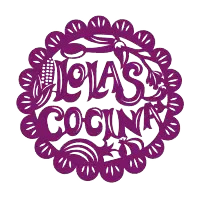





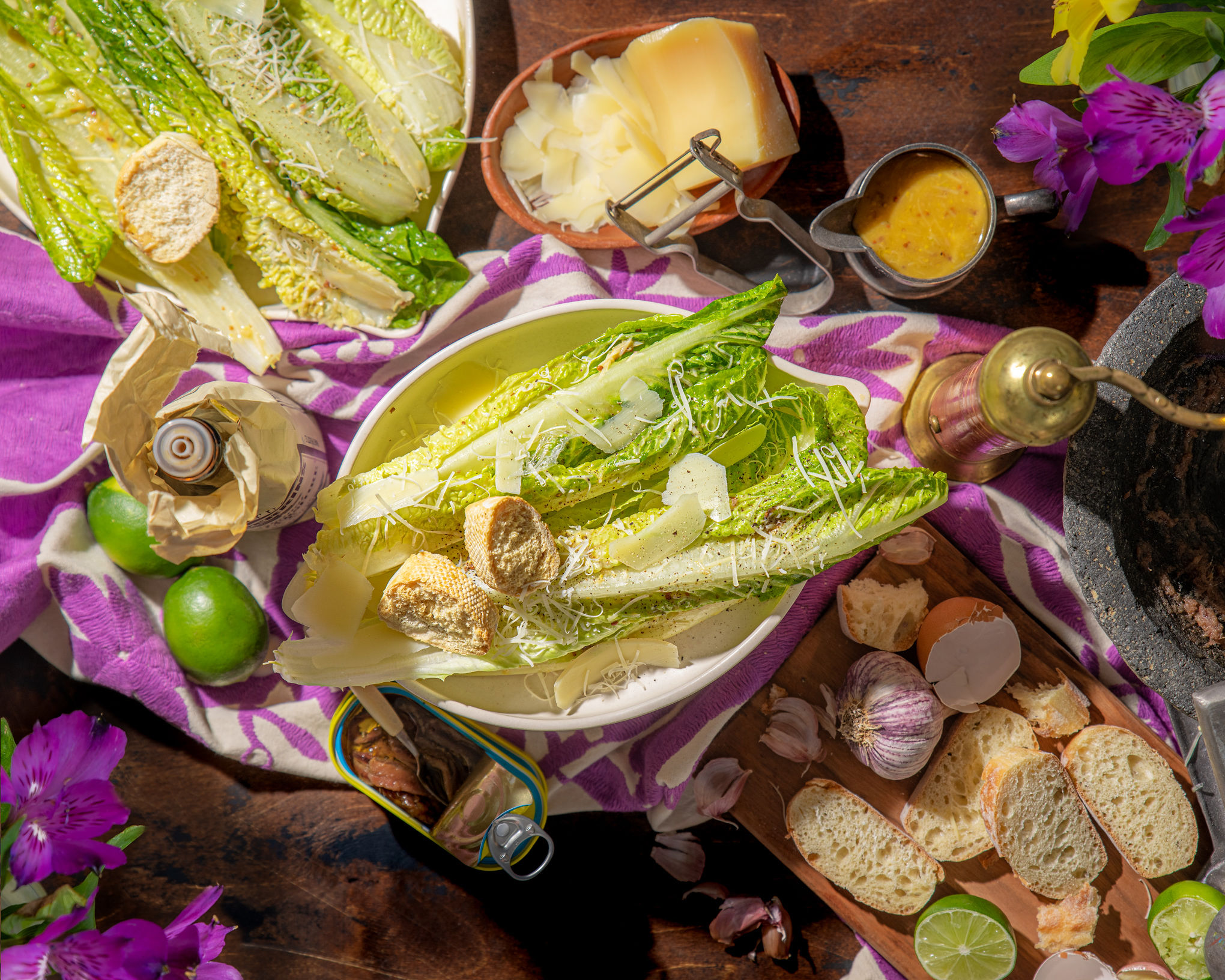
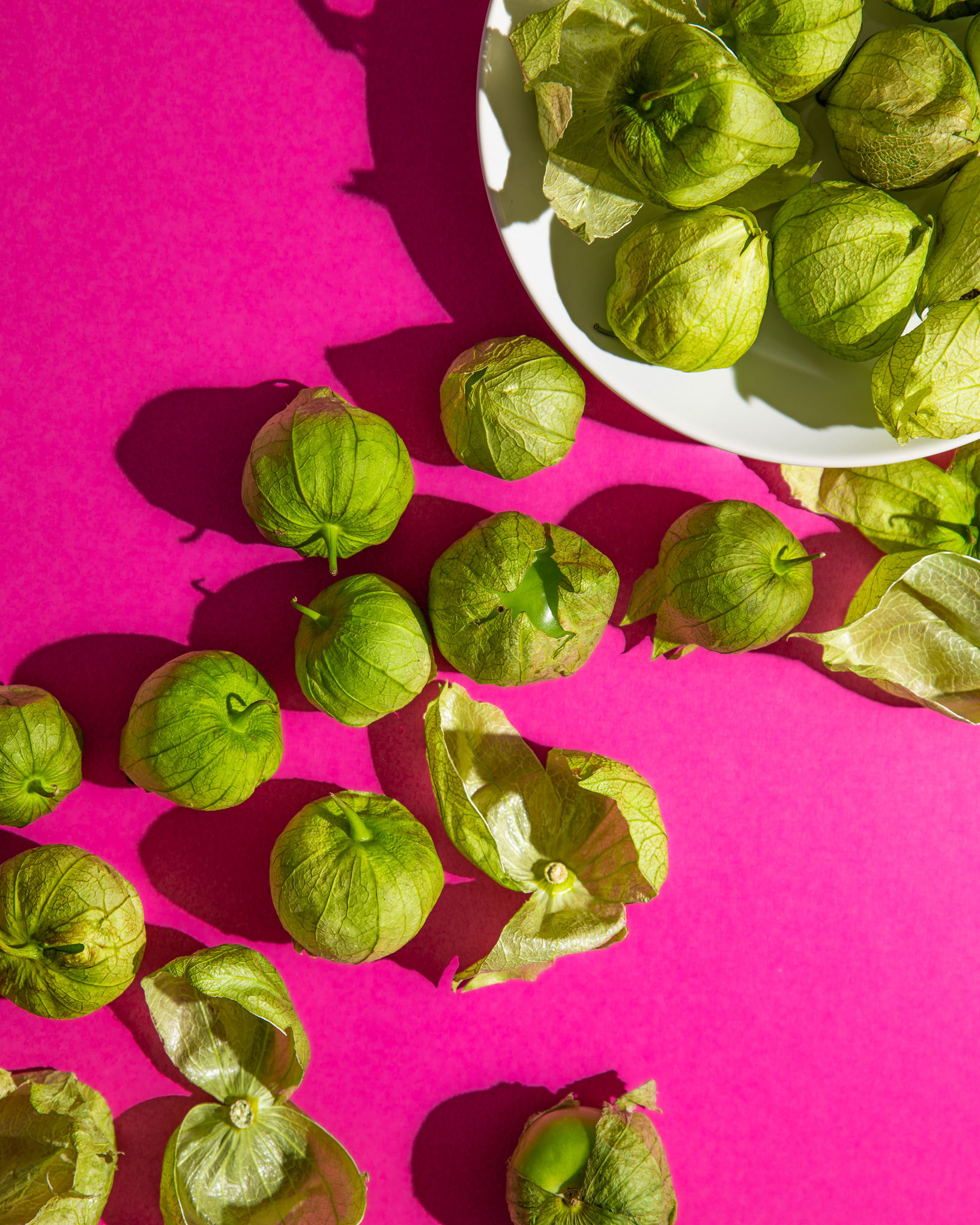
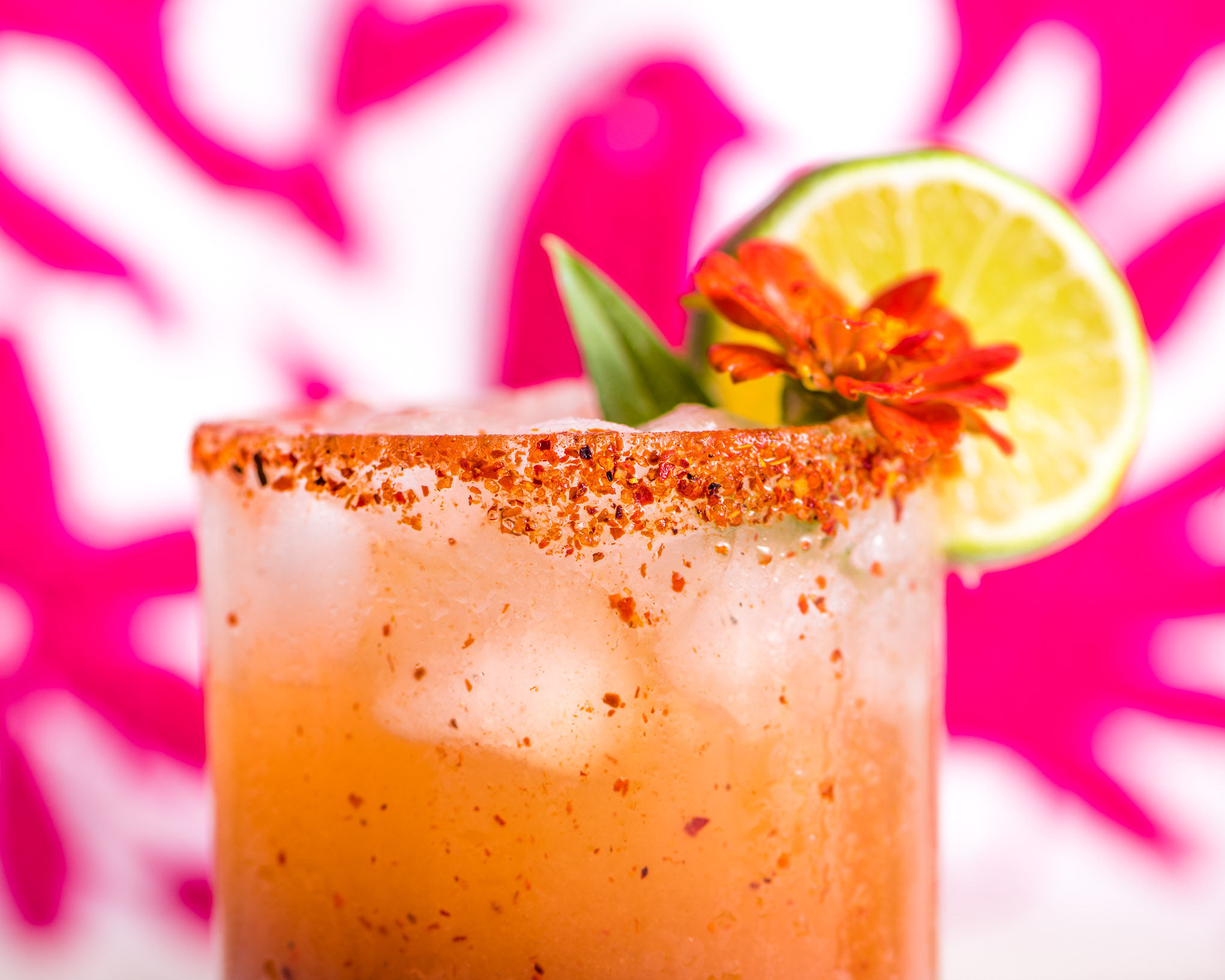
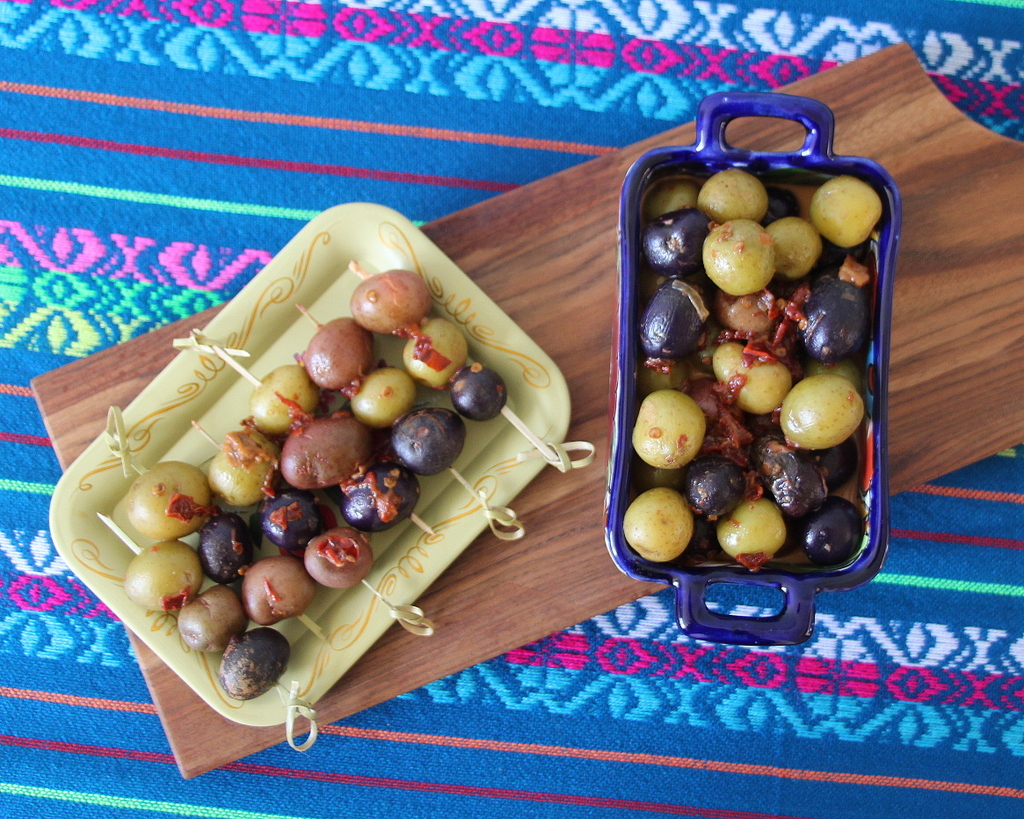
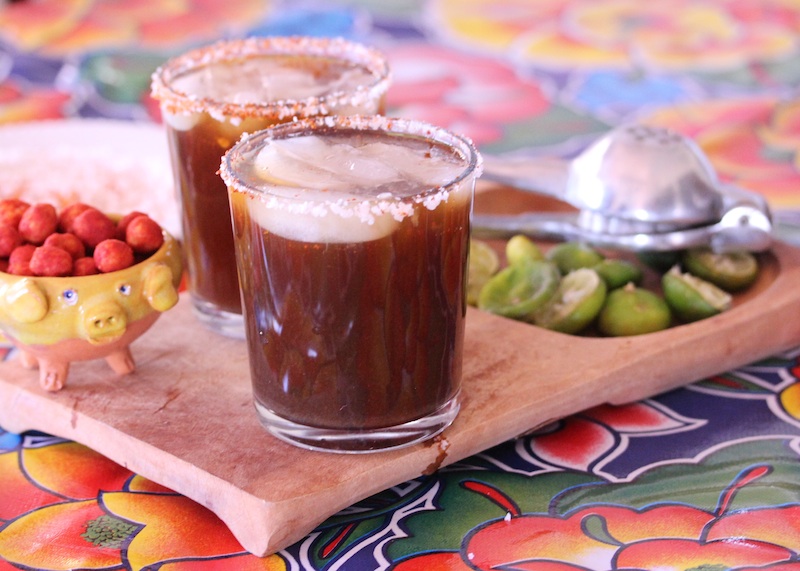
I need to visit Oaxaca someday! You have the best tips, maybe you need to be my tour guide 😉
You and your family would love it! There’s inspiration EVERYWHERE.